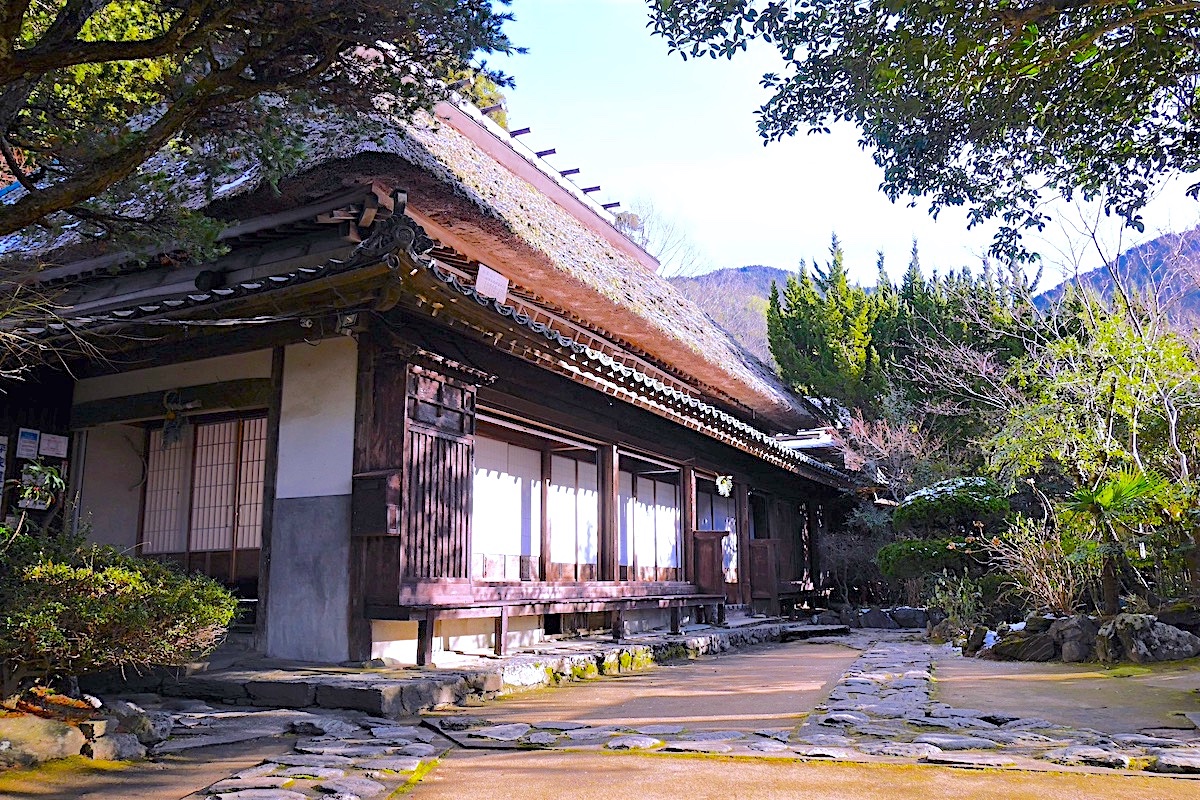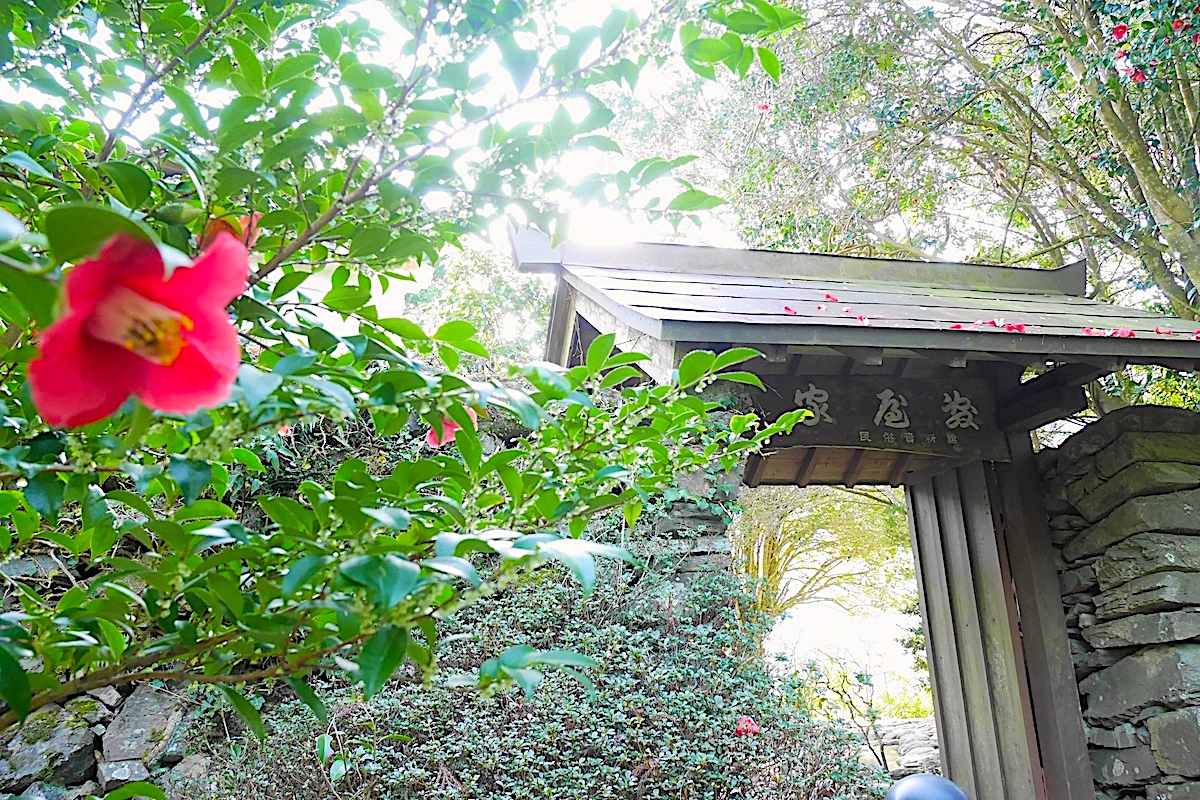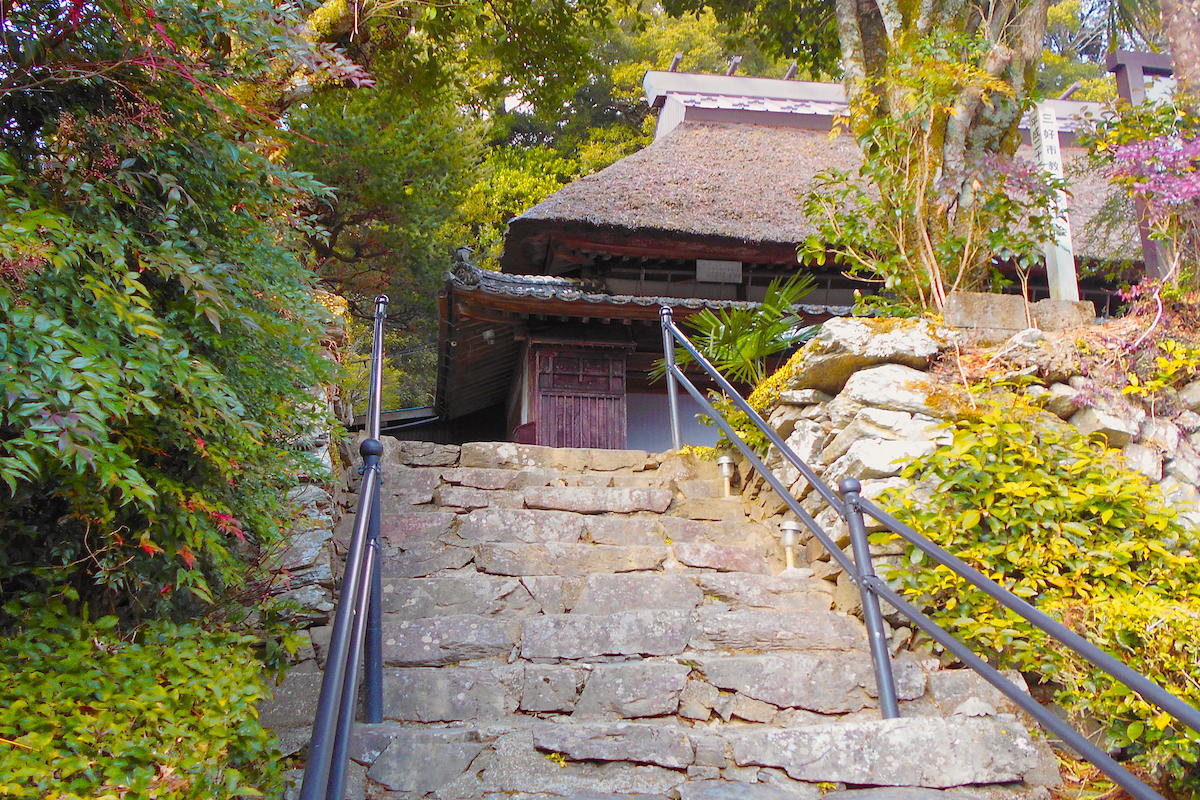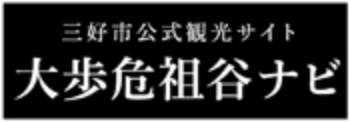Step Back in Time at the Heike Yashiki Folk Museum – Part 1
2022.03.01
The Iya Valley in Tokushima’s Miyoshi City is known for not just being a remote place, but it has long been considered a place to hide. Legends say that the defeated samurai warriors from the Heike Clan came to the valley 800 years ago in order to escape capture, and today the descendants of one of these fugitive Heike have converted their ancestral home into a dynamic museum.
The Arrival of the Heike Samurai
In the year 1185 the Genpei War was coming to an end, and in one of the final battles on the northern coast of Shikoku, the ruling Heike Clan was on the verge of defeat. Many of the Heike warriors fled, and it is believed some came to the Iya Valley in order to evade capture. Historical accounts also say that the 7-year old Emperor Antoku was killed in this battle, but local legends claim otherwise.
It is said that not only did many Heike secretly settle in Iya, but they also brought with them the young Emperor Antoku, and the stories of his death in battle were just a ruse in order to keep him safely hidden (the boy supposedly drowned in the battle but his body was never recovered). Many Heike artifacts have been found in Iya to support these stories, including an ancient battle flag that was adorned with the twin butterfly crest of the Clan.
Within a couple years of arriving, legends say that Emperor Antoku eventually succumbed to illness and died before ever re-taking the throne, and the fugitive Heiki samurai just continued living secretly in Iya.
Among the consorts that accompanied Emperor Antoku and settled in the area was his private doctor, Naiki Horikawa.
“Heike Yashiki”, a Miyoshi City Important Cultural Property
Onto the present day, and the descendants of Doctor Horikawa continue to live in the Iya Valley. The family has converted their historic ancestral home into a museum full of ancient artifacts, and it is now known as the Heike Yashiki Folk Museum.
Over the centuries the house on this site has been re-built a couple times, but the current thatched-roof structure is over 150 years old and is designated as an Important Cultural Property of Miyoshi City.
Undiscovered Medicinal Herbs
Among the stories of Dr. Horikawa passed down through the family were of his surprise to the abundance of wild plants growing throughout the Iya Valley which he had never before encountered.
Through his own experimentation he found that many had medicinal qualities, and he developed methods to incorporate them into his treatments. It is also said that Horikawa also served as a Shinto Priest who helped bridge the gap between the mountain spirits and the local people.
Being Rooted in the Iya Valley
As time progressed, the descendants of Dr. Horikawa continued to not only live in Iya but also inherited the position of being the valley’s doctor.
At one point a few hundred years ago there was a rebellion amongst the Iya residents which was quashed by the ruling lord of the region. One of Horikawa’s descendants was part of this failed rebellion, but he was only given a limited punishment and later forgiven due to his important role as a doctor.
At this time he was assigned the new surname of Nishioka, and the family continues to live on to this day in the Iya Valley with this name.
In Part 2 we will take a deeper look at what is on offer at the Heike Yashiki Folk Museum.
For more information, check their website (in Japanese):
Or their Instagram:
https://www.instagram.com/heikeyashiki/
Or for English, check their listing on IyaTime
https://www.iyatime.com/heike-yashiki-folk-museum
(Text by: Shaun Lamzy, Photos by: Heike Yashiki Folk Museum & Shaun Lamzy)
Related Posts
-
Exploring Oboke Gorge – Part 2 | A Place for Food, Fun… and Monsters?!
The thrilling cliffs of Oboke Gorge are formed by the mighty Yoshino River as it cuts its way throug
2023.03.21
-
Exploring Oboke Gorge – Part 1 | A Natural Wonder of Miyoshi City
The mighty Yoshino River flows across much of Shikoku, and as it cuts its way through the rugged mou
2023.03.20
-
Iya Kanko Ryokan – Part 3 | Inheriting the Tastes of the Iya Valley
Just a few minute walk from the famed Kazurabashi Vine Bridge, the Iya Kanko Ryokan has been welcomi
2023.03.19
-
Iya Kanko Ryokan – Part 2 | A Family-Run Business Where Life is a Juggle
The Kazurabashi Vine Bridge is one of the most renowned sights of the Iya Valley, and just a couple
2023.03.18
-
Iya Kanko Ryokan – Part 1 | A Traditional Inn near the Kazurabashi Vine Bridge
Acclaimed as one of Japan’s Three Unusual Bridges, the Kazurabashi Vine Bridge is one of the most fa
2023.03.17
-
The Shikoku “Yukigassen” Snowball Fight – Part 2 | The Heat of the Battle in Icy Conditions
The 19th annual “Yukigassen” Snowball Fight Tournament was held recently in the deep mountains of Mi
2023.02.19



















